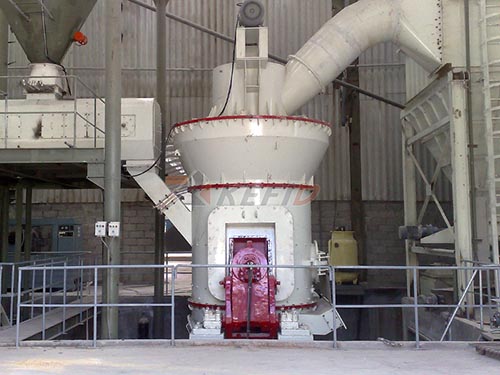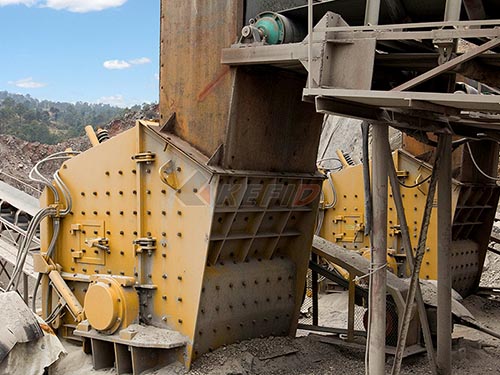Rick Crushing Costs: Mastering Efficiency in Aggregate Production
In the demanding world of aggregate production, where margins can be tight and competition fierce, crushing costs isn’t just an option – it’s the bedrock of profitability. The phrase “Rick Crushing Costs” (a common play on “Rock Crushing Costs”) encapsulates the relentless pursuit of efficiency that defines successful quarry and mine operations today. Moving beyond simply breaking rock, true cost leadership involves strategically attacking every element of the crushing process.
Why Focus on Crushing Costs?
The primary expenses in aggregate production are undeniable:
1. Energy Consumption: Crushers are notoriously power-hungry machines.
2. Wear Parts Replacement: Mantles, concaves, liners, blow bars – these components face extreme abrasion and impact.
3. Maintenance & Downtime: Unplanned stoppages for repairs are incredibly costly.
4. Labor: Skilled operators and maintenance crews are essential but represent significant overhead.
5. Fuel & Logistics: Moving material within the site and transporting final product adds up.
Ignoring these costs erodes profitability quickly. Mastering them creates a sustainable competitive advantage.
Strategies for Truly Rick-Crushing Cost Efficiency:
1. Optimize Feed Material & Sizing:
Blast Optimization: Better fragmentation from blasting reduces primary crusher load and wear significantly.
Pre-Screening: Removing fines before primary crushing reduces unnecessary processing of material already at size.

Consistent Feed Size: Ensuring feed falls within the crusher’s optimal range prevents choking or inefficient operation.
2. Select & Operate Equipment Strategically:
Right Crusher for the Job: Match crusher type (jaw, cone, impact) and model precisely to the application (rock type, desired product shape/size). Over-capacity wastes energy; under-capacity causes bottlenecks.
Choke Feeding Cone Crushers: Proper choke feeding improves particle-on-particle crushing efficiency and liner life while reducing energy consumption per ton.
Optimal Speed & Settings: Continuously monitor and adjust crusher settings (CSS/OSS) based on feed characteristics for peak performance.

3. Conquer Wear Parts Management:
Premium Quality Parts: Investing in high-quality wear parts made from advanced alloys often yields a lower cost-per-ton despite higher upfront costs due to significantly longer life.
Proactive Replacement Scheduling

Leave a Reply